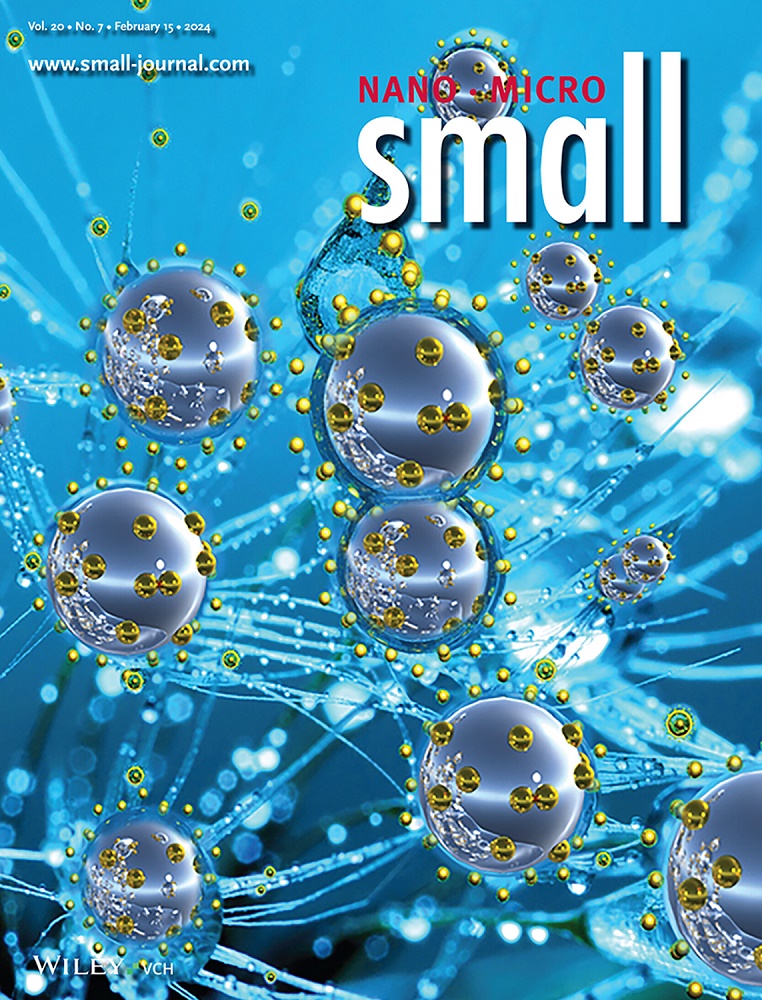Electronic Synergy of Atom Sites and Adjacent Defects for High‐Voltage Sodium‐Ion and Zinc‐Air Batteries
IF 12.1
2区 材料科学
Q1 CHEMISTRY, MULTIDISCIPLINARY
引用次数: 0
Abstract
The Na高压钠离子和锌空气电池中原子位和相邻缺陷的电子协同作用
钠离子电池(sib)需要自适应电解质,并结合导电金属原子位作为本征电场,在高电流密度下,通过降低阳极电压极化和增加容量来传输Na+是其面临的主要挑战。阴极-电解质间相(CEI)和固体-电解质间相(SEI)的界面重建在高压sib中起着至关重要的作用。sib和锌空气电池(ZABs)需要先进的材料和原子尺度性能影响方面的知识。单原子应变和单/双原子掺入硬碳与C/N缺陷石墨烯表面在原子位置周围的电子分布中起主要作用,通过协同效应加速通路。在这里,这篇综述的重点是单金属原子和缺陷原子结合的影响和可能的局限性,以及潜在的电极材料,以实现长周期稳定性和更快的动力学。sib的关键概念是基于SEI和固有电导率优化方法,其中定义了单原子阳极的作用。此外,还包括了ZABs在零下温度下的特征,以强调可能对单原子基电极的平移影响。最后,对Na+在阳极上的储存机理和作用进行了分析,揭示了非原位/原位技术对其影响的未知趋势。最后,总结了改进sib和zab的挑战和趋势,指出了支持其快速发展和广泛使用的主要障碍和机遇。
本文章由计算机程序翻译,如有差异,请以英文原文为准。
求助全文
约1分钟内获得全文
求助全文
来源期刊

Small
工程技术-材料科学:综合
CiteScore
17.70
自引率
3.80%
发文量
1830
审稿时长
2.1 months
期刊介绍:
Small serves as an exceptional platform for both experimental and theoretical studies in fundamental and applied interdisciplinary research at the nano- and microscale. The journal offers a compelling mix of peer-reviewed Research Articles, Reviews, Perspectives, and Comments.
With a remarkable 2022 Journal Impact Factor of 13.3 (Journal Citation Reports from Clarivate Analytics, 2023), Small remains among the top multidisciplinary journals, covering a wide range of topics at the interface of materials science, chemistry, physics, engineering, medicine, and biology.
Small's readership includes biochemists, biologists, biomedical scientists, chemists, engineers, information technologists, materials scientists, physicists, and theoreticians alike.
 求助内容:
求助内容: 应助结果提醒方式:
应助结果提醒方式:


